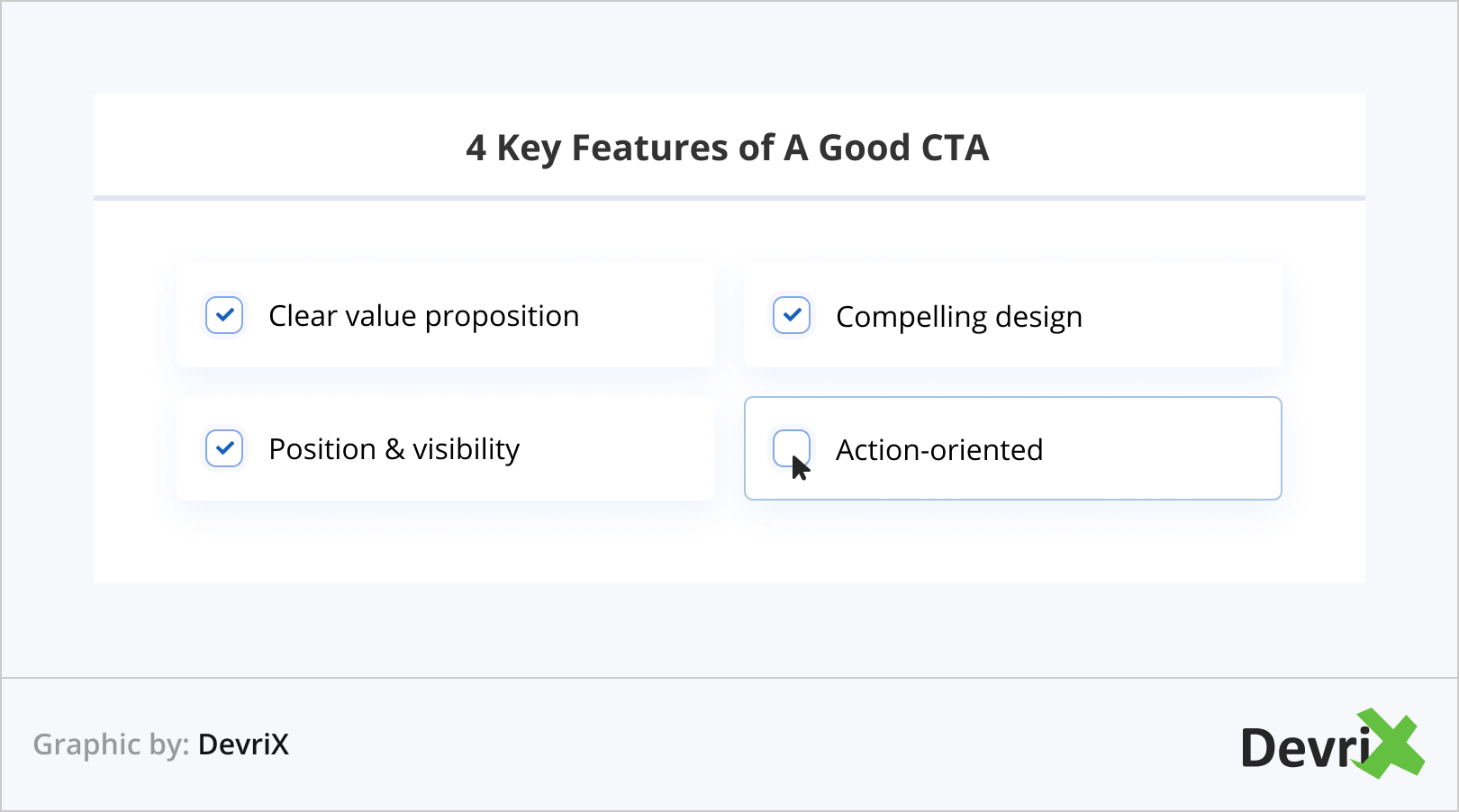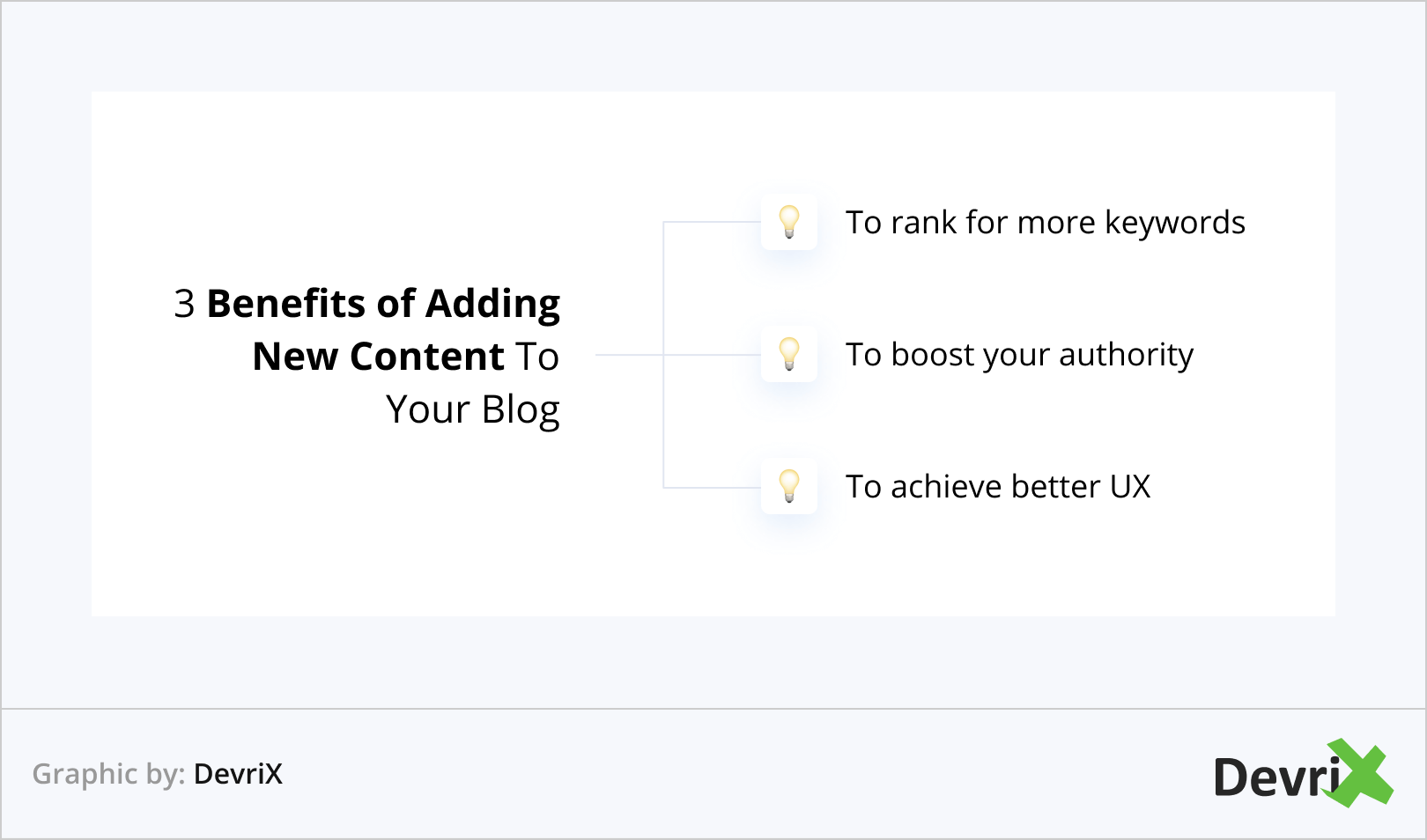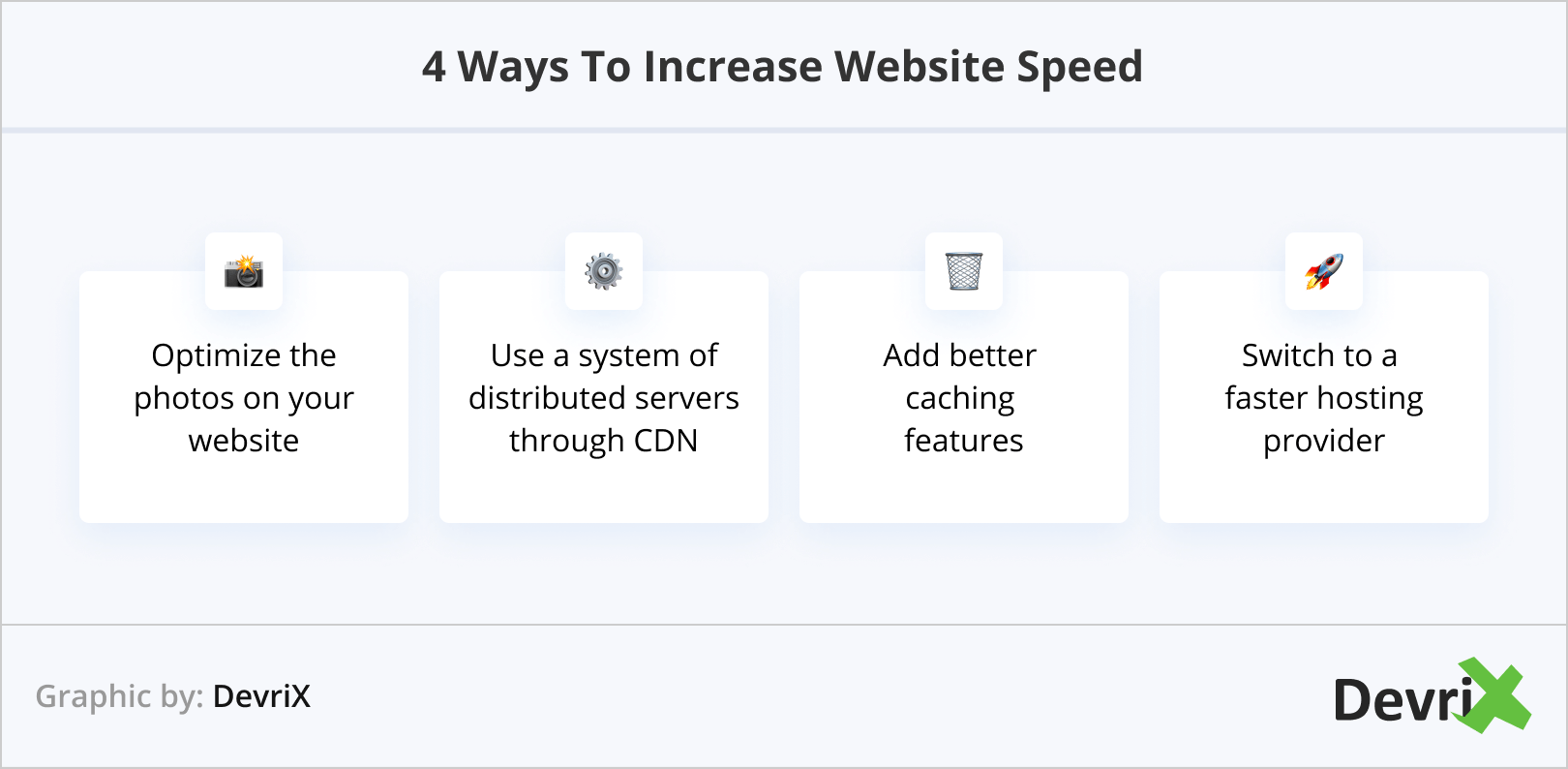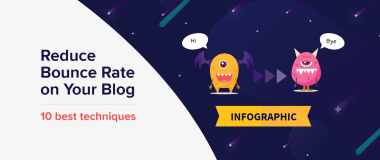Once a person lands on your website, you will only have a few seconds to convert them into a customer. This short span of time is the only opportunity you’ll have to convince them to stay a bit longer, and reduce the bounce rate of your blog.
However, when a person decides to leave and look for another option, you just let an opportunity bounce off. Sad, isn’t it?
First, let’s define the term “bounce rate”.
What Is Bounce Rate?
Bounce rate stands for the percentage of website visitors who, after one page, decide not to continue browsing your website, and leave.
This is also referred to as the percentage of single-page sessions. Any marketer or business owner would want to avoid this. Tools like Google Analytics can help you reduce your bounce rate and improve your online performance.
10 Best Techniques To Reduce The Bounce Rate of Your Blog

Here are some techniques which can help you reduce the bounce rate of your site and increase the amount of time your customers spend on it.
1. Choose High-Value Keywords
Relevant and keyword-optimized content is the key to a high-ranking website. Therefore, proper keyword research is a must.
As a marketer, it is your role to aim to excite your target audience with quality content. . It is also imperative for you to choose the right keywords.
The more focused and relevant your content is, the better search engines will understand what your website offers. Eventually, there will be a bigger chance for your blog to rank higher particular search terms you’ve optimized it for.
Some tools you can use to find the best keywords include:
2. Ensure Content Is Readable
What is the purpose of relevant content and the right keywords if the copy on your website is hardly readable? Strong keywords would not be useful in context that doesn’t make sense. Readers would not even scroll down the page if the content is not easy to comprehend.
A 2008 study showed that people do not read everything on your website. Roughly, only 20% of visitors read, others just scan. Users want to get information fast. As of 2022, 38% of users won’t visit a website twice if the content is not engaging.
3. Attract the Right Traffic
There are plenty of opportunities to boost your business reach in the digital world. Visitors usually first drop by search engine sites to seek a solution to their query. Thus, optimizing for the keywords your target customers go for is fundamental to attract the right traffic and reduce the bounce rate of your website.
For instance, do not advertise to women if your products are for men, or offer Caribbean travel packages to travelers who wish to go to Asia. Make sure to implement the most applicable targeting methods to boost your website traffic.
4. Don’t Annoy Customers with Popups
Imagine this: you are in the middle of reading important information about a product, and suddenly a survey of some sort pops up. Isn’t that annoying?
Popups have been used as a way to capture user attention. However,, instead of using this to marketers’ advantage, irrelevant popups annoy people and rather than not, lead to a higher bounce rate.
Popup ads that are intrusive, with flashing colors, flickering, and overall irrelevant can severely damage user experience. As a result, the bounce rate of your blog will skyrocket regardless of the quality of your content.
Consider what your goal is before choosing whether to use a pop-up and of what type. You wouldn’t want to interrupt a visitor who’s making a purchase on your site.
In addition, time your popups accordingly so that visitors will want to subscribe to your blog and receive more articles from you.
5. Improve Your Call To Action

Be transparent about how you can help your customers through your call to action. At first glance, your call to action lets your customers know what products and services you offer.
Everyone wants fast and reliable information nowadays. You do not want to be part of the 70% of small businesses that lack a call to action on their pages. You will miss out on tons of opportunities to direct customers to your site.
In addition, make your call to action clear and upfront. Remember, do not mislead your customers with your call to action. Misleading customers is the number one reason for high bounce rates and low conversion rates.
In a survey, around 47% of websites offer clear call-to-action buttons on their homepage. These buttons are easy to see and are catchy enough that it only takes around 3 seconds for users to find them. To make your call-to-action enticing to website visitors, refer to this comprehensive checklist when creating compelling CTAs.
6. Tell A Good Story
Although some people only browse through your website to scan the most important information, there are also users who are lulled into a certain level of emotion.
At some point, some website visitors love to read stories. Indeed, good storytelling guides your readers to your products by attaching certain emotions that make the experience more personal and unique.
There are almost 7.5 million blog posts published daily. This gives you more reasons to offer your readers something to hold on to and make them linger longer on your site. Reduce the bounce rate of your site with abit of a story.
Just remember to make it good and relatable.
7. Update Your Website with Fresh Content
Every good marketer knows that good content sells itself. It is important to put more effort into building content strategies and promoting relevant pieces of content to the right market. However, a one-time posting of content is not enough. It should not stop there.
In order to reduce the bounce rate of your website, constantly update it by incorporating fresh ideas all the time. The more you update your website with articles, posts, downloads and new web pages, the bigger the chance that search engines will direct new searches to your website.
When you get more visits from these searches, then search engines will recognize you better and give you a better chance at achieving higher rankings.
Here are a few pointers to note why you need to update your website with new content:
- The more content you have, the more keywords your website ranks for.
- Fresh content gives you more authority.
- New content gives your readers up-to-date information

8. Add Meta Descriptions
Meta description tags are shortened summaries of offers found on a particular web page. These are HTML attributes which provide a brief and to the point definition under the clickable links of search engine sites.

Meta descriptions are very important because they provide visitors with prior information about your website. To capture the short retention time of visitors, the ideal length of meta descriptions is 160 characters or less.
9. Increase Website Speed
Have you ever experienced logging into a website, but then just left because it took too long to load?
It is not only you who have experienced this. In fact, statistics say that a two-second delay in the speed of your website costs you 4.3% in lost sales, reduces user satisfaction by 3.8% and decreases clicks by 4.3%
Your audience will appreciate your offers even more if your website’s responsiveness is high. If your website takes too long to load, your customers will be gone in just a blink of an eye.
Here are some pointers on how to increase the speed of your website:
- Optimize the photos on your website.
- Use a system of distributed servers through Content Delivery Network.
- Add better-caching features.
- Switch to a fast hosting provider.

10. Create a Mobile-Friendly Site
Can you keep up with the competition and be visible even when your target market is on mobile?
Mobile phones and handheld devices do not just sell like hot cakes for no reason. The consumer market has the need to constantly be online . That is why it is important to make sure your website is mobile-friendly.
In fact, as of April 2015, Google stated that mobile-friendliness was a ranking factor. Here are 3 ways to use this to your advantage:
- Create a mobile version of your website.
- Use mobile plugins.
- Use responsive design on mobile.
Conclusion
The lower the bounce rate, the better.
While this can be challenging sometimes, high bounce rate is an indication that there is something you can do to improve your efforts and redirect your resources properly.
Ensure that the time your visitor spends on your website is long enough so that they can find the information they need. It is more than just the keyword, content or external links. It is a package.


![Website Metrics That Matter [And You Should Track]](https://devrix.com/wp-content/uploads/2019/12/Website-Metrics-That-Matter-And-You-Should-Track-380x160.png)

